7 Awesome Things to Do in Flores Island, Azores, Portugal @tripprblog
Flores Island, one of the nine in the Portuguese archipelago of the Azores, is often described as a smaller version of Ireland or Switzerland. The luscious green hills, the eight untouched lagoons, and the hundreds of clear-water creeks cascading into lakes or falling vertiginously into the Atlantic Ocean call for a kind of description that one, often, can’t come up with on the spur of the moment. In the presence of such magnificent, still intact, natural beauty, it’s easier to compare it with something everyone has seen before.
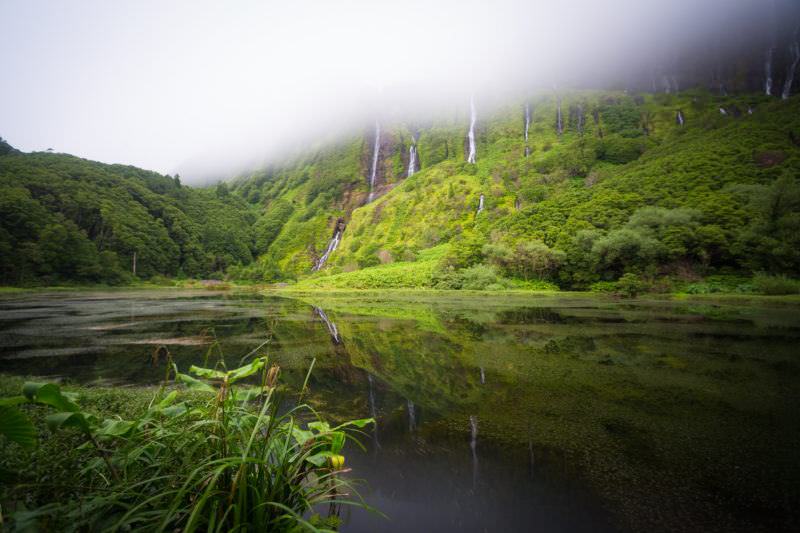
With a population of under four thousand and an area of 143.11 square kilometers (55 square miles), Flores Island has been a well-kept secret, an offbeat destination that travelers used to find through word-of-mouth.
A haven for eco-tourism, even before it was popular, and a UNESCO Biosphere Reserve, mass tourism will unlikely hit the island.
For better chances to enjoy good weather and take part in local events and festivities, the best time to visit is from June to September.
![]()
Table of Contents
How to Reach
The easiest and most comfortable way to reach is by plane, in one of the regular daily flights operated by Azores Airlines from Portugal (Lisbon, Porto, and Funchal). There are big communities of Azorean immigrants in the US and Canada, so there are also regular flights to São Miguel from North American cities. You can then take the connecting flight to Flores.
For budget travelers traveling in Europe, you can book a low-cost Ryanair or EasyJet flight to Ponta Delgada (the main city in the biggest island of the Azores, São Miguel) from Lisbon, Porto, and Funchal. Then from Ponta Delgada, you request a free inter-island connecting flight to Flores.
In the Summer, if you’re willing to endure a long journey to island hopping in the middle of the Atlantic Ocean, there are regular boat trips operated by AtlanticoLine.
![]()
Visa Information
The Azores are an autonomous region of Portugal and, therefore, part of the Schengen Agreement. The same entry and exit requirements apply.
![]()
The Weather (and What to Pack)
There is a weather myth that perpetuates the idea of constant rain in the Azores. Although cloudy skies and rain are often forecast for the islands, including Flores, in reality, islanders enjoy days and sometimes weeks of warm and sunny weather in the summer.
Weather conditions that shift quickly – you are indeed on a small island in the middle of the Atlantic Ocean – are simply part of the experience and a way to experience the islanders’ “let it go” lifestyle.
Pack for a temperate climate (the average high temperature is 19.9°C/67.8°F and the low is 14.9°C/58.8°F, with slight variations throughout the year) and don’t forget to include hiking shoes and a light jacket for the rain.
![]()
Experience the Islander Lifestyle with these 7 Awesome Things to do in Flores Island, Azores, Portugal
Take a Hike!
With four official hiking trails, going for long walks among nature is one of the tourists’ favorite activities in Flores island. The great thing about it is that there is one path suitable for everyone, even if you don’t think you’re much of a hiker.
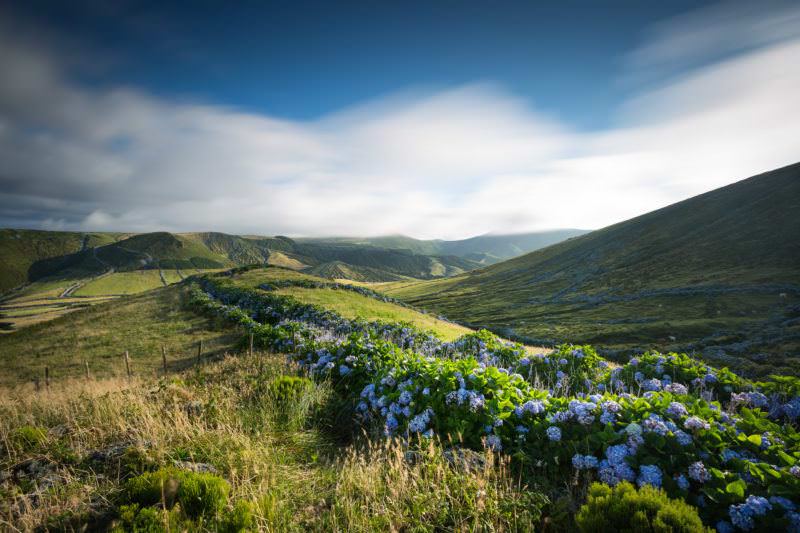
The official tourism board website, Azores Trails shows you the paths available on the island, and you can find a trail by difficulty, length, or shape. The island is known for its peaks and plunging cliffs, so the difficulty level is either medium or hard.
It’s free, it’s perfectly safe to do it on your own, and includes some breathtaking views along the way.
Take a Boat Tour of the Island’s Coast
To get the feel of what Flores island it’s like, you have to see it from every angle. Observe it from the air before landing, explore hills, lagoons, and strange volcanic formations on land, and uncover secret nooks from the sea.
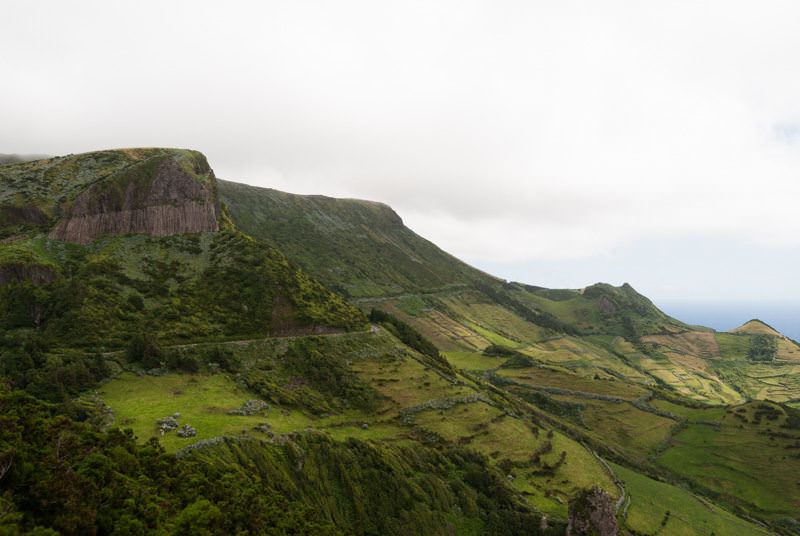
An island coast tour is an absolute must, preferably if you do it with a local business owner and experienced sailor, like Carlos Mendes. He knows all of the islands like the back of his hand, he’s highly skilled in anticipating sudden changes in weather to guarantee safety (extremely important there), and he tells the stories of each cave, waterfall, and rock formation like no one else.
Be Adventurous with These Recommended Activities
The island’s signature steep cliffs and waterfalls make Flores one of the recommended destinations for canyoning in the Azores.
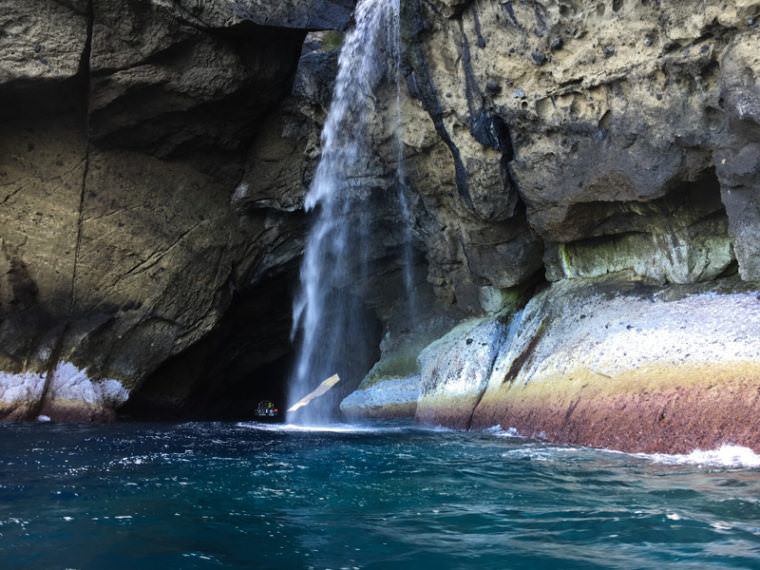
Scuba diving is also very high on visitors’ must-do lists, given the diversity of underwater species. Following what has been done in other islands, there will soon be an underwater park to visit and dive through the shipwreck of the English steamboat Slavonia, wrecked in the early 1900’s.
Unlike other islands in the Azores, like Faial and Pico, Flores is not the preferred location for whale watching although some of them might surprise you on a trip by boat to Corvo, which means they are probably of course. You are most likely to be greeted by playful dolphins and random flying fishes.
Test Your Tastebuds with Unique Local Cuisine
Upon discovery in the 15th Century, the island was populated with a small community from Flanders (in Belgium), at first, and Portuguese mainlanders later. The cultural diversity still shapes the customs and the cuisine until this day.
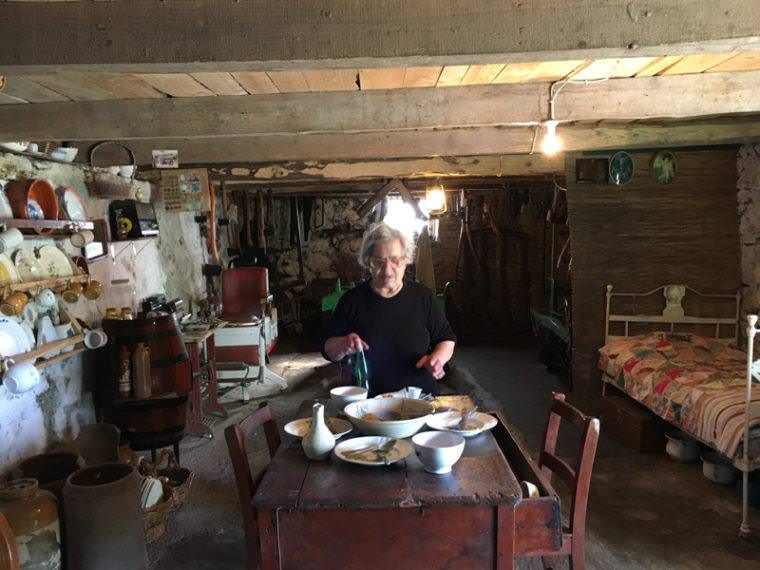
The combination of volcanic soil and the salty breeze from the ocean gives the local produce a different taste. Taro root, an unattractive brownish tuber that people often mistake for yam, and sweet potatoes are abundant and the side dish of choice for most of the recipes.
Cows roam free in large green pastures, eating nothing but grass, and pigs are fed, mostly, with household scraps and leftovers. You’ll know the true meaning of organic meat here.
The local dairy products factory obeys the EU mandatory rules on health and safety but follows the old recipes, producing a bright-yellow, slightly spicy cheese.
The Islanders have a love and hate relationship with the ocean and the winter storms, but they also are creative and resourceful when it comes to creating dishes with what they have. One of the local favorites is the algae patties, a sort of veggie hamburger made with eggs and the algae that are usually attached to limpets. Nothing is wasted.
All seafood is caught in the wild, so at restaurants, the fish is always fresh and meaty and best savored grilled with a simple dressing of olive oil, onion, and parsley.
Grilled limpets (or raw, if you have the courage), octopus stew, and sausages with taro roots are some of the must-have dishes. Head over to the restaurant on the South side of the island, Por do Sol (Sunset, in Portuguese), to try all these dishes while enjoying the sunset.
Learn More about the Whale Hunting Industry
Extinct since the mid-1980’s, whale hunting was one of the most important means of subsistence in the Azores islands. The adverse weather conditions would jeopardize crops at times, so the locals turned to the sea to hunt whales, process them, and export its oil, bones, and teeth. Whales are now a protected species, and whale hunters became whale watchers, adjusting to the new business opportunities as the Islanders will often do.
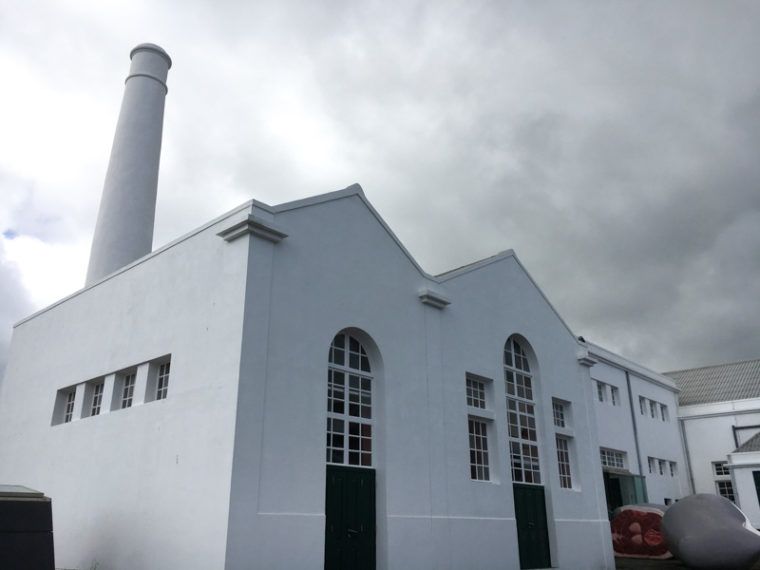
At the old whale factory in Santa Cruz, the island’s main town, a well-curated museum guides you through the timeline of over forty years of the whale hunting industry. Take some time to sit through the one-hour French documentary that follows the daily routine of a whale hunter. Discretion is advised since some of the images may be considered as violent.
Immerse Yourself in the Local Religious Culture at the Holy Ghost Festivities
The relationship between people and the divine has a different meaning here. It’s a fact that the islanders are mainly Catholics, as are the rest of the Portuguese, but I think the religious connection comes more from the need of having hope that the next day will come than the idea of God.
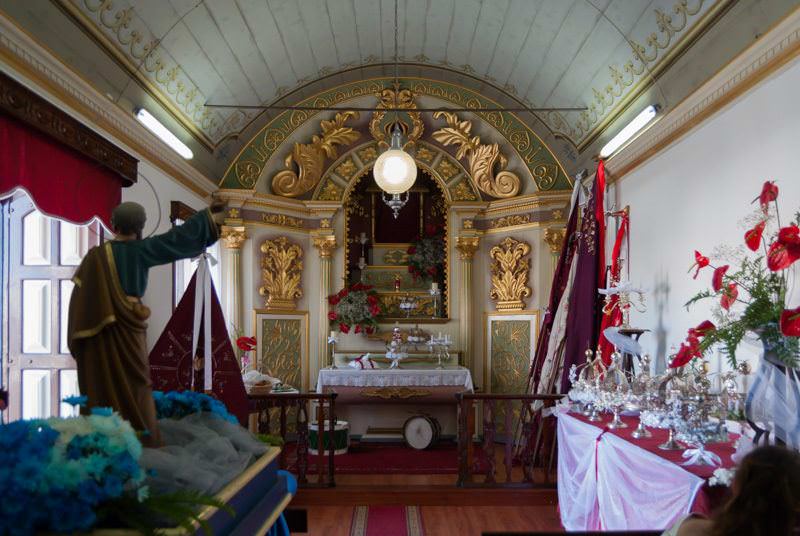
Nevertheless, religious events are frequent and attended by the majority of the population. From June to September, people gather every weekend for the Holy Ghost festivities happening throughout the island. The origins of these religious celebrations aren’t clear, but they are often linked to Isabel, the Spanish-Portuguese queen in the mid-1300’s, originally from Aragon.
In the Azores, it’s part of the local cultural identity and each small town has their unique variation of the tradition. One thing is common, though, the free meal of soup (a kind of rich meat broth, served with a slice of bread soaked in) and roasted beef that the hosting town serves for lunch on Sunday.
During the weekend, people gather for music concerts and to try their luck at improvised bazaars selling raffles.
Take a Day Trip to the Neighboring Island of Corvo
With the neighboring island of Corvo, just a 45-minute boat ride away, it’s almost unthinkable to not plan a day trip there. Both the islands are the most isolated in the archipelago, so the local communities are very close and supportive of one another.
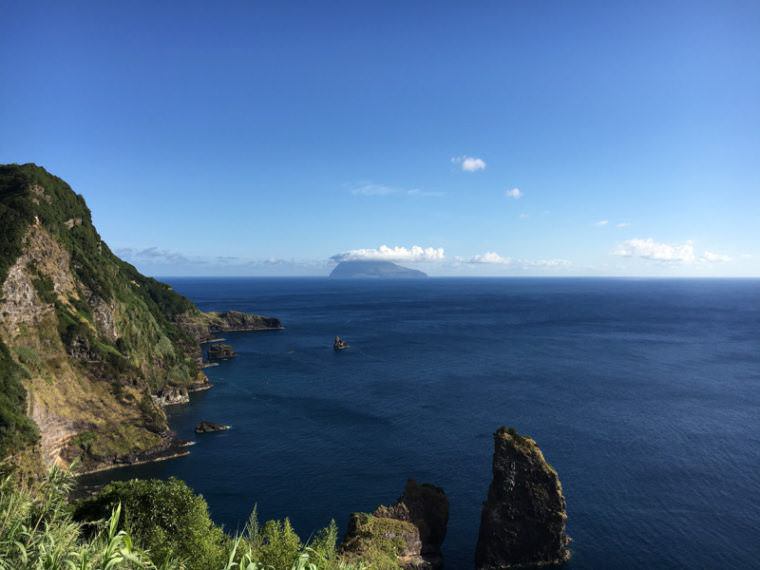
Corvo is the smallest island with 17.1 square kilometers (6.6 square miles) and a population of under four hundred people who live off part-time farming, jobs at the local public offices, and tourism in the summers.
The island is so unique and the lives of locals so intriguing to outsiders, that Corvo (and its population) has been featured in a Coca-Cola ad during the Soccer World Cup in 2014 and a documentary by Portuguese film director Gonçalo Tocha in 2011.
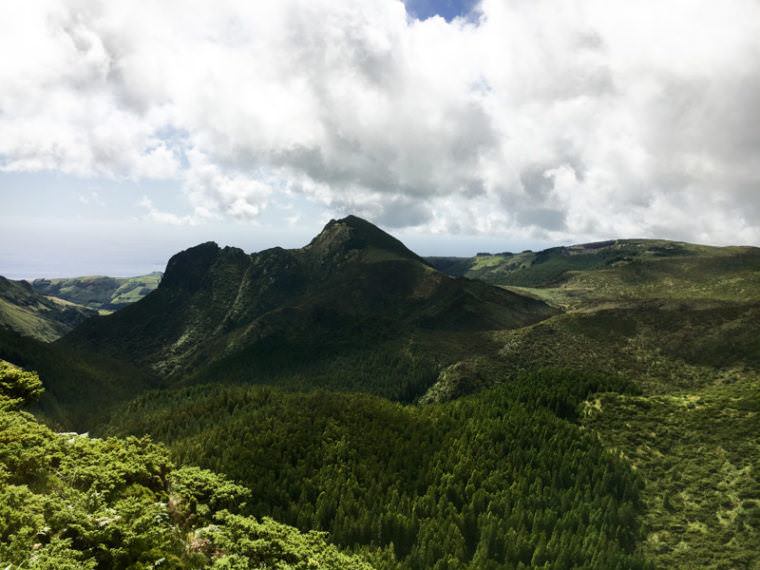
One day is enough to get to know the small (and only) town, the local folklore tales of Pirate invasions, the History of the island at the Environmental and Cultural Interpretation Center of Corvo, and the volcano-crater-turned-lagoon Caldeirão.
Find accommodation in Flores Island, Azores
![]()
Where to Stay in Flores Island, Azores, Portugal
Luxury Location at Budget Prices – Hotel Ocidental
At the family-owned Hotel Ocidental, all rooms face the ocean so you can wake up inspired to explore the island every day.
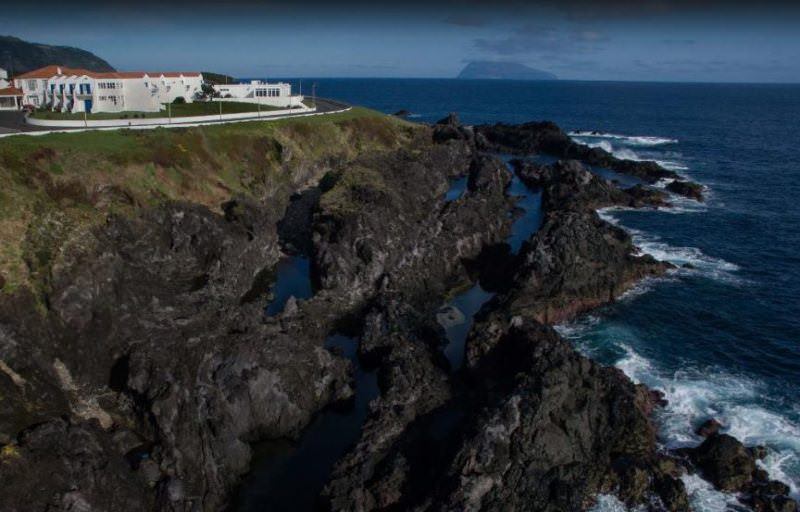
Before breakfast, take a dip in the natural swimming pools right across the street.
Ask the front desk for the extra activities organized by the hotel, from diving expeditions to boat trips.
Comfort Close to the Center of Town – Flores Hotel
The only chain hotel in the island, Inatel’s Flores Hotel is located near the island’s airport, right across the old whale processing factory, and with a spectacular view of the São Pedro Bay.
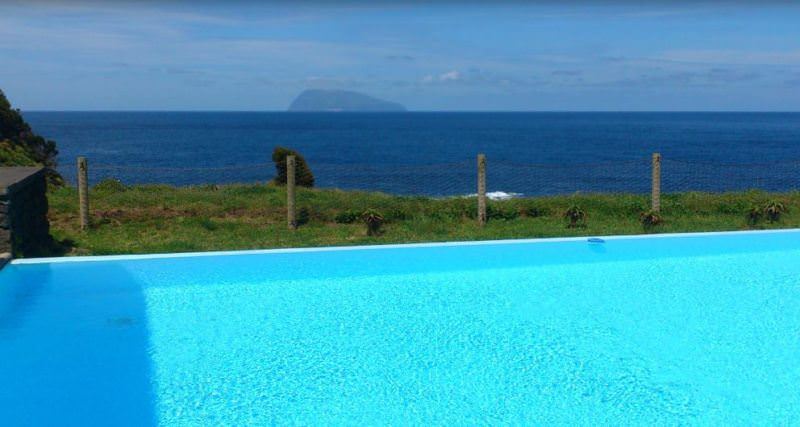
It’s the perfect accommodation for visitors who prefer hotels over rural tourism lodging, and who’d rather stay within walking distance of the main town for easy access to supermarkets, cafes, restaurants, and shops.
High-End Farm Life at a Once Abandoned Village – Aldeia da Cuada
The first eco-tourism type of accommodation in the island, Aldeia da Cuada is located in an old isolated village, completely abandoned in the 1960’s when the immigration wave to the United States began.
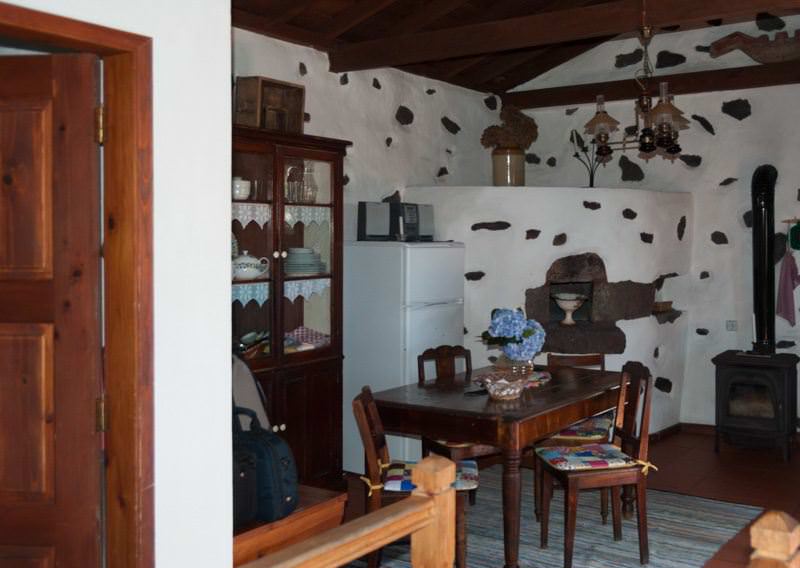
Family-owned and carefully restored over the years, each one of the 17 independent houses are named after their former owners and decorated in the style of the old farm houses in Flores island.
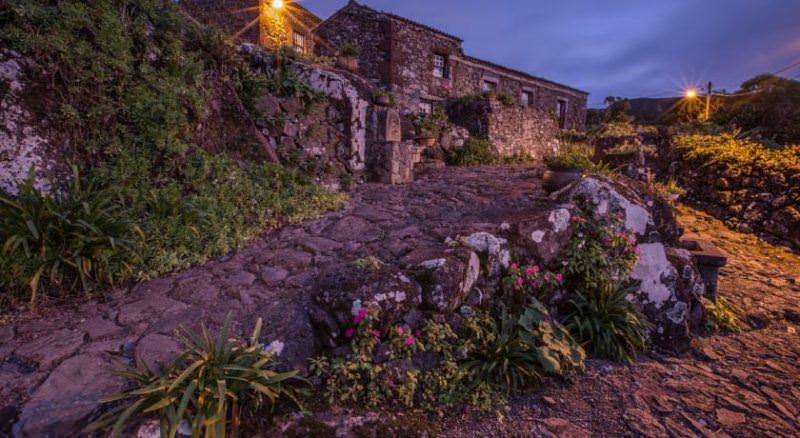
All modern commodities are available, from free Wi-Fi to an ATM at the premises, but the overall atmosphere invites visitors to enjoy silence and nature, as well as the hearty breakfast of locally sourced products.
![]()
About the Writer
 Sandra Henriques Gajjar is the writer, blogger, and storyteller behind Tripper, a blog about cultural travel to offbeat destinations. She was born in the Azores and is currently based in Lisbon. She switched careers in 2014 to become a freelance writer which has led her to self-publish her debut book “Lisbon Travel Guide for Urban Explorers” and to become a contributing writer for Lonely Planet as their local Lisbon expert.
Sandra Henriques Gajjar is the writer, blogger, and storyteller behind Tripper, a blog about cultural travel to offbeat destinations. She was born in the Azores and is currently based in Lisbon. She switched careers in 2014 to become a freelance writer which has led her to self-publish her debut book “Lisbon Travel Guide for Urban Explorers” and to become a contributing writer for Lonely Planet as their local Lisbon expert.
Social Media: Facebook, Instagram and Twitter
Know more about Flores Island, Azores, click here.
![]()
Are you on Pinterest? Pin these!



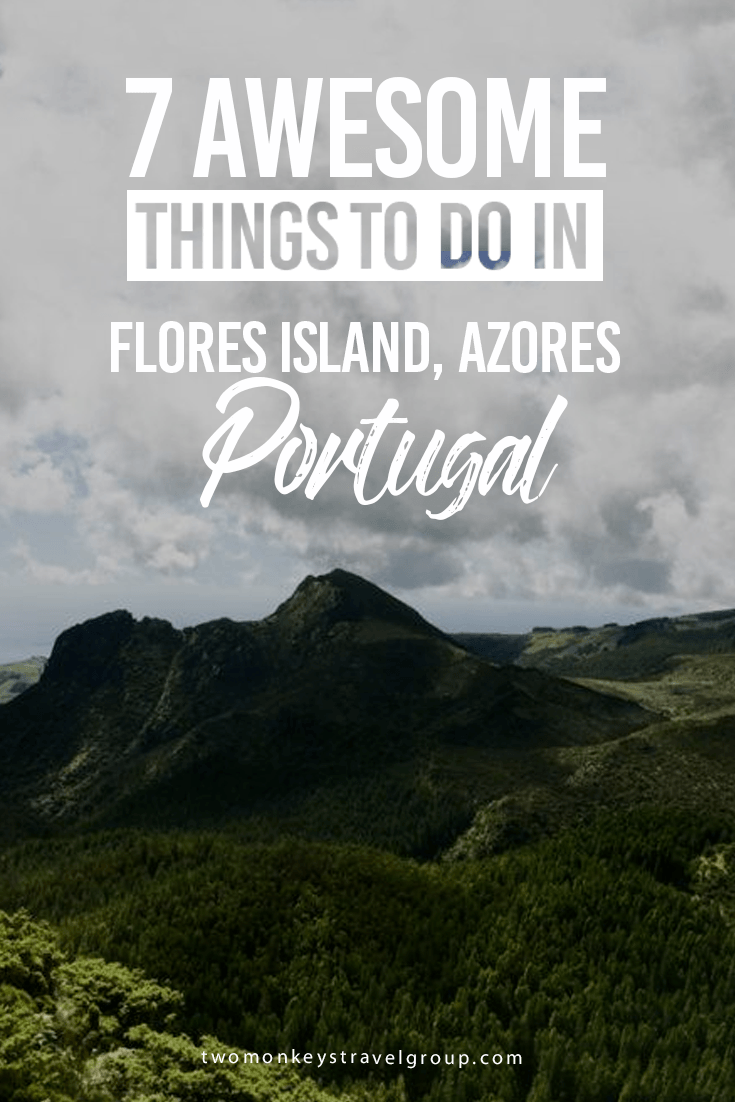
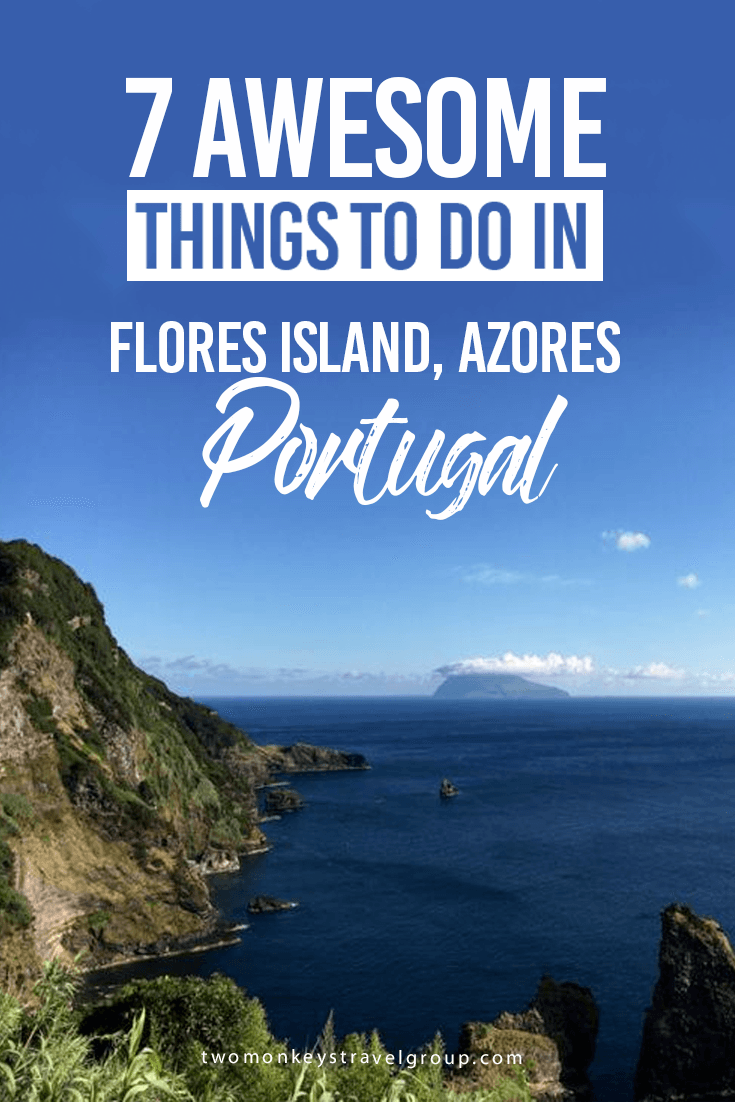
It might be a very nice report, but can’t enjoy it, because of the advertising overload. I’ve never seen something similar in a blog, sorry.
Hi Sandra,
It’s Clarence again. Sorry. I suddenly got interrupted. But as I was saying. In the course of my research . I found out that you were one of the people I should talk to, if I was interested in traveling to the Island. Which I am. As As I’m sure you know from watching the news and reading all the headlines around the world. America is undergoing serious racial upheaval at the moment. More than any time in its history. And quite frankly, I am looking to get away from it all. And I don’t mean in the usual or ordinary sense like in the form a vacation. Clarence Unfortunately, I’m
Hello there Ms. Sandra,
I apologize for disturbing what I’m sure must otherwise be, a very hectic and busy day for you. At any rate. My name is Clarence Blevins. And I am a 50 year health African-American Man currently residing in Boston, Massachusetts. During the course of my research concerning the Azores, (Flores Island more specifically) I came across your name as someone
Hi Sandra, we are visiting Flores in September and I was wondering if I need to rent a car to get around and explore the island? What do you suggest?
Hi Sandra,
My great-grandfather immigrated to Rhode Island from the island of Flores in 1881. Are there resources on the island to research ones ancestry? By the way, my great-grandfather’s last name was Henriques. I don’t know how common that name is on the island but I noticed it was also your middle name.
Hi Sandra, I am planning a visit in Summer 2018. Do you have any info on the boat trips between the islands? In particular how rough the crossings are? Many thanks, Adam
Hi, Sandra!
We are planning to do Flores coastal tour and we would prefer a local business owner. You mentioned Carlos Mendes. Do you have any contact information?
Best regards
Ilona
Hi Sandra,
Do you know if its possible to rent bicycles on Flores?
thanks very much,
Chip
Hello
You say that there’s free airplane connections between islands? I’m taking Sata from Canada to Ponta Delgada, will I be able to connect free of charge to Terceira and then to Fail and back to Ponta?
Hi, Stephanie! Sandra here (the post writer). Unfortunately, the free connections are only available if your flight starts in one of the Portuguese airports (Lisbon, Porto, Faro, or Funchal). The option is not available if you’re coming in from outside Portugal, I’m afraid.
I have always been intrigued by the Azores … thanks for a detailed look at this special part of the world!
You’re welcome Brittany 🙂 are you planning to visit Azores anytime soon? 🙂
Hi Sandra, nice tips thanks for sharing!
In behalf of Sandra, it’s good to know that you liked it. 🙂